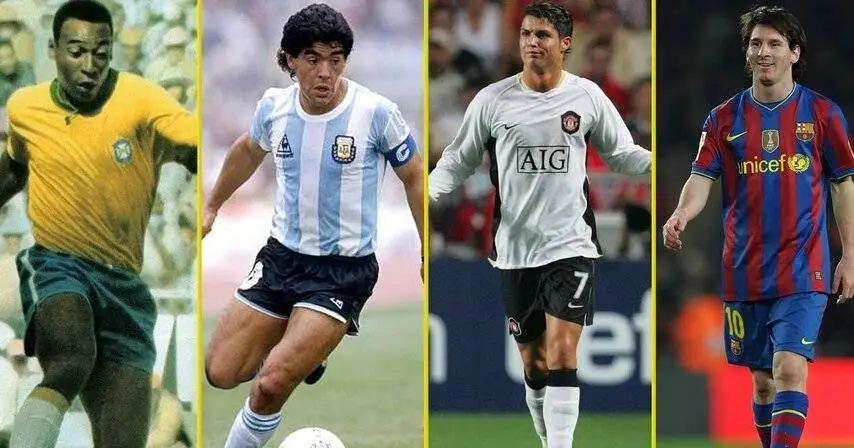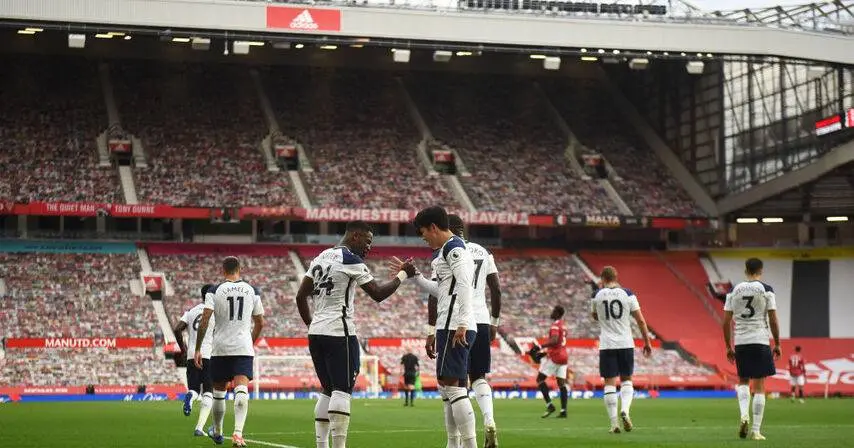
Top 5 Historic Matches in Cricket History
Cricket has given fans some of the most iconic and unforgettable matches in sports history. From nail-biting finishes to individual brilliance and heart-stopping drama, the sport has produced games that are etched into the memories of every cricket lover.
Whether it’s a classic Test match or a thrilling One-Day International (ODI), the intensity and passion that cricket brings to the table is unparalleled. So, let’s dive into five of the most historic matches in cricket, each with its own story, context, and legacy that left fans in awe and cemented their place in cricket folklore.
1. The 2005 Ashes, 2nd Test – England vs Australia at Edgbaston
If you ask any cricket fan to name the most dramatic Test match of all time, there’s a good chance they’ll point to this one. The 2005 Ashes series is often called one of the greatest ever played, and the 2nd Test at Edgbaston was its crown jewel. Coming into this match, Australia was the dominant force in world cricket. They had steamrolled England in the first Test at Lord’s, and many expected the same in Edgbaston. England, however, had other plans. Andrew Flintoff, one of the key players for England, was at his absolute peak during this series, and his influence would change the course of the game.
England batted first and set a strong total of 407, with contributions from Flintoff and Marcus Trescothick. Australia, in response, struggled and were bowled out for 308, giving England a 99-run lead. But it was England’s second innings where things got really interesting. Flintoff put on a show with the bat, smashing a quick-fire 73 to give England a fighting chance, setting Australia a target of 282.
As the Aussies began their chase, it became clear this was going to be a thriller. Shane Warne played a brilliant hand, dragging Australia closer and closer. But then Flintoff came back into the action with the ball, picking up crucial wickets. The match went down to the wire, with Australia needing just 3 runs to win and England needing 1 wicket. Steve Harmison delivered a sharp short ball to Michael Kasprowicz, who gloved it to the wicketkeeper Geraint Jones, sparking wild celebrations as England won by just 2 runs.
This match is remembered not just for its close finish, but for the way it reignited the Ashes rivalry. England hadn’t won an Ashes series in almost two decades, but this victory gave them the momentum they needed to eventually reclaim the urn. Flintoff’s all-round performance also became the stuff of legend, and the 2005 Ashes is still hailed as one of the most memorable series in cricket history.
2. The 2019 Cricket World Cup Final – England vs New Zealand at Lord’s
World Cup finals are supposed to be grand, but the 2019 edition between England and New Zealand turned out to be beyond extraordinary. It wasn’t just about cricket; it was about fate, drama, and pure sporting magic. Both England and New Zealand were chasing their first-ever World Cup title. England, led by Eoin Morgan, had been dominant throughout the tournament. Meanwhile, New Zealand, under the leadership of Kane Williamson, were the ultimate underdogs, having reached the final on the back of a gritty performance against favorites India in the semifinal.
New Zealand batted first, posting a modest total of 241/8 in their 50 overs. It seemed like a reasonable target, but England’s chase was anything but straightforward. The pressure of a World Cup final seemed to weigh heavily on both sides. Ben Stokes played a crucial, fighting knock as wickets fell around him. But the match took a dramatic turn in the final over. Needing 15 runs from the last over, Stokes hit a boundary but also benefited from an extraordinary bit of luck—a throw from the deep hit his bat while diving for a second run, deflecting to the boundary for four overthrows. That moment, now famously known as "The Deflection," was a massive turning point. With the game tied, it all came down to a Super Over.
In the Super Over, England batted first, with Stokes and Jos Buttler setting a target of 15 runs for New Zealand. The Kiwis then came out to chase and needed 2 runs off the final ball to win. But Martin Guptill, running for the second, was short of his ground as England secured victory on the bizarre rule of scoring more boundaries throughout the match. England were crowned World Champions in the most dramatic fashion possible. The 2019 World Cup final is widely regarded as one of the greatest matches in the history of the game. It showcased everything cricket has to offer—tense finishes, bizarre moments, and individual brilliance. It was a game that highlighted the unpredictability of sport, and it will be remembered for generations.
3. The 2001 Kolkata Test – India vs Australia at Eden Gardens
Few Test matches have the kind of legendary status as the 2001 Kolkata Test between India and Australia. It was a game that not only showcased the resilience of India but also ended Australia’s record-breaking winning streak. Australia came into the series having won 16 consecutive Test matches and were on the verge of setting an unthinkable benchmark. After winning the first Test comfortably, they were well on their way to another victory in Kolkata, enforcing a follow-on after bowling India out for 171 in their first innings.
What followed was one of the greatest comebacks in cricket history. Forced to follow on, India’s VVS Laxman and Rahul Dravid batted through the entire fourth day, stitching together an incredible partnership of 376 runs. Laxman’s knock of 281 and Dravid’s gritty 180 allowed India to post a mammoth total of 657/7 declared. Australia, who were so used to steamrolling opposition, were suddenly facing an insurmountable challenge. On the final day, India’s spinners, led by Harbhajan Singh, bowled out Australia for 212, giving India a famous 171-run victory.
This match didn’t just end Australia’s winning streak, it shifted the balance of power in world cricket. India’s comeback became a symbol of their never-say-die attitude and marked the beginning of a golden era for Indian cricket. The partnership between Laxman and Dravid is still celebrated as one of the greatest in Test history, and the win at Eden Gardens remains one of India’s finest hours.
4. The 1983 World Cup Final – India vs West Indies at Lord’s
Before 1983, few believed India could ever challenge the dominance of teams like the West Indies in cricket’s biggest tournament. But that year’s World Cup final turned the cricketing world on its head and inspired generations to come. The West Indies were the undisputed kings of world cricket, having won the previous two World Cups in 1975 and 1979. They were the favorites again in 1983, and when they met India in the final at Lord’s, many expected a straightforward win for the Caribbean giants.
India batted first and were bowled out for just 183, a total that seemed far too small to challenge the mighty West Indies lineup, which featured the likes of Viv Richards and Clive Lloyd. But India’s bowlers, led by the inspirational Kapil Dev, had other plans. Mohinder Amarnath and Madan Lal bowled with incredible discipline, taking crucial wickets to put the West Indies on the back foot. The defining moment came when Kapil Dev ran a long distance to take a stunning catch to dismiss Richards. From there, India tightened their grip, and eventually, the West Indies were bowled out for 140. India had pulled off one of the greatest upsets in cricket history, winning their first-ever World Cup.
This match was a watershed moment for Indian cricket. It inspired a cricketing revolution in India, igniting passion for the game across the country. Kapil Dev and his team became national heroes, and the 1983 win laid the foundation for India’s rise as a cricketing powerhouse. It wasn’t just a victory on the field; it changed the course of cricket history.
5. South Africa vs Australia – 5th ODI Match at Wanderers, Johannesburg
The ODI between South Africa and Australia at Johannesburg on March 12, 2006, is often hailed as one of the greatest cricket matches ever played. It was a day where records were shattered, and fans witnessed the impossible as both teams delivered one of the most thrilling spectacles in cricket history. This was the fifth and final match of the series, with both teams locked at 2-2. Australia batted first, and what unfolded was nothing short of breathtaking. Led by captain Ricky Ponting’s explosive 164 off 105 balls, Australia piled up a colossal 434/4 in their 50 overs—the highest team total ever in ODI cricket at the time. It was a mammoth score that seemed unchaseable, and most thought South Africa’s fate was sealed.
What followed was pure magic. South Africa, led by Herschelle Gibbs, didn’t just chase that daunting total—they rewrote history. Gibbs played one of the most astonishing innings, smashing 175 off 111 balls. His fearless approach put South Africa in the driver’s seat, and the momentum shifted with every boundary he hit. Alongside Gibbs, skipper Graeme Smith made a crucial 90 off 55 balls. Even with wickets falling in the latter stages, South Africa kept pushing. Mark Boucher held his nerve towards the end, steering his team to victory in the final over. With just one ball to spare, South Africa completed the chase, finishing on 438/9 and winning by just one wicket.
This match redefined what was thought possible in ODI cricket. No one had ever imagined a team could chase down over 400 runs, but South Africa did the unthinkable. It was a testament to their resilience and attacking mindset. The game set a new benchmark for high-scoring ODIs and is still remembered as a true cricketing classic—a battle of mental strength, skill, and sheer willpower.




